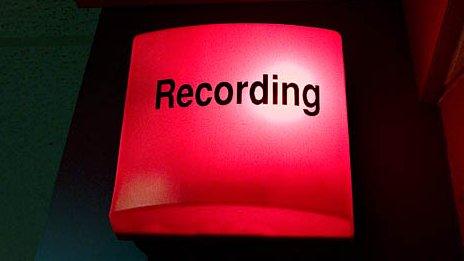Early Apple computer fails to sell
- Published
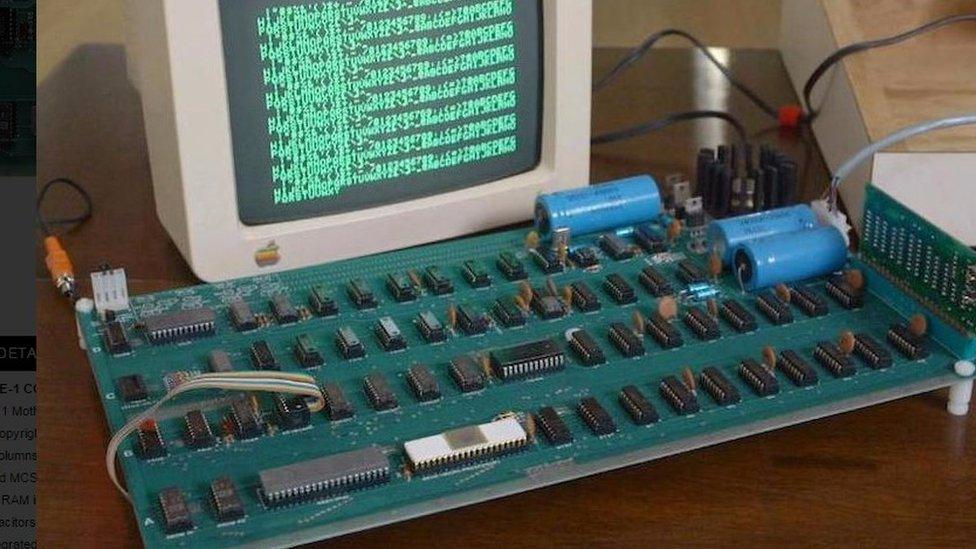
An Apple 1 motherboard, a 79-year-old TV and the only surviving processor of the last supercomputer designed by Seymour Cray have been auctioned at a vintage tech sale in New York.
However, neither the Apple 1 nor the rare antique television were sold.
Apple 1 computers are usually valuable collectables. Made in 1976, there are now only about 50 left in the world.
At a similar sale last year, one fetched $365,000 (£237,000). And in 2013, another attracted a $905,000 bid.
The Apple 1 at Monday's vintage tech sale had a starting price of $300,000.
The Cray-4 processor sold for $37,500.
The 1936 Baird television set may not work - but auctioneer Bonhams had forecast that it could fetch between $20,000 (£13,000) and $30,000.
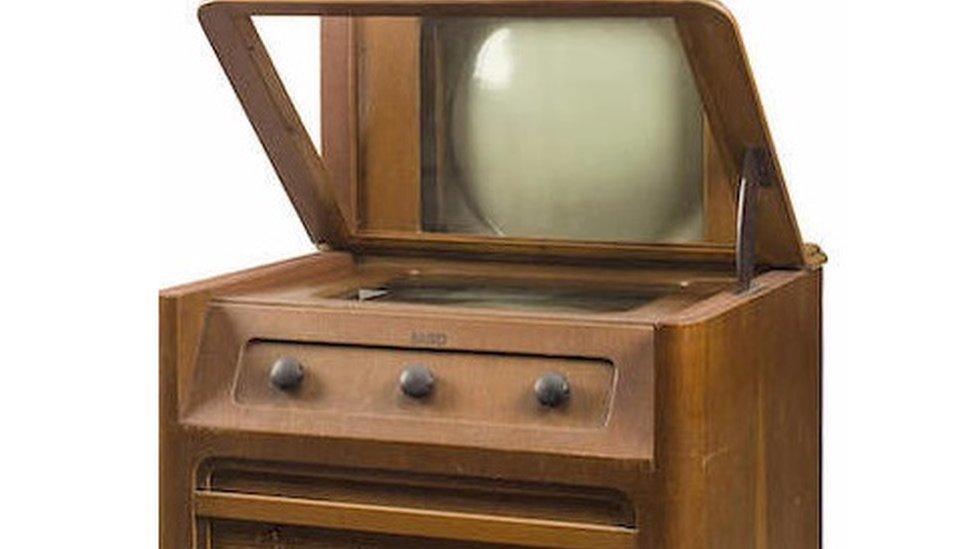
The "mirror lid" TV set has a 15in screen and is described as being in "time capsule" condition
Supercomputer power
Seymour Cray is widely considered to have designed the world's first commercial supercomputers.
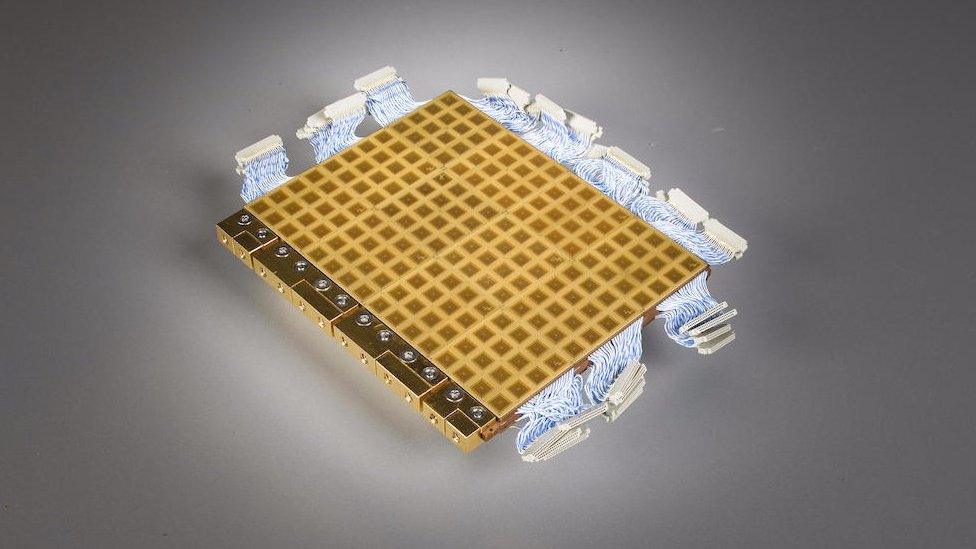
The Cray-4 supercomputer processor from 1995 is believed to be the only one in existence.
He was working on the Cray-4 model when his company went bankrupt in 1995, and the following year he died in a traffic accident.
The processor, with serial number 001, was listed with an expected price tag of $50,000 - $80,000.
Other lots included an early German Enigma machine, handwritten paperwork by Albert Einstein and a 19th Century telegraph sending and receiving set used by spies during the US Civil War.
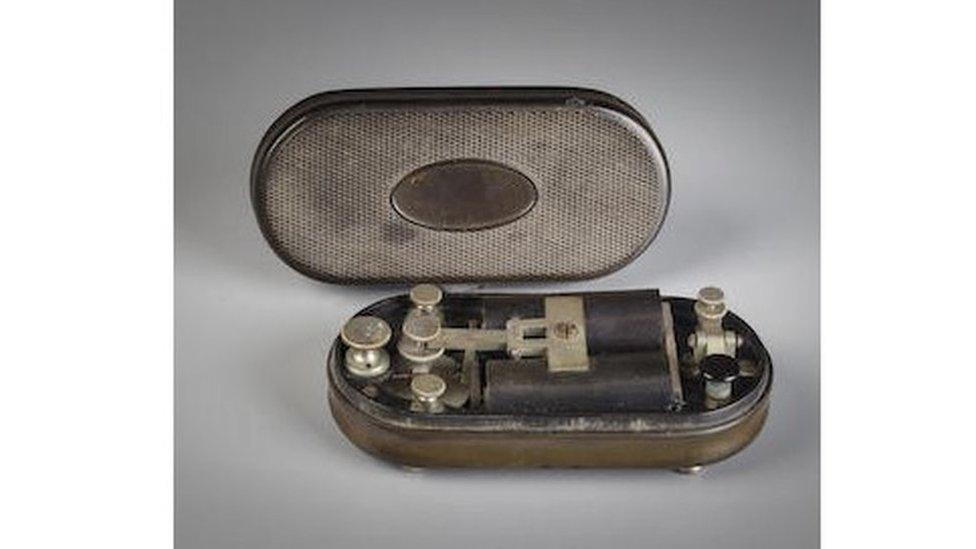
The "spy telegraph" set is about the size of a modern mobile phone and was used to send and receive covert messages.
CCS analyst and mobile phone collector Ben Wood said: "During a period of birth, amazing things happen. These devices become almost curiosities which shape an industry.
"Their scarcity is always going to bring inflation in terms of the value of these devices.
"You can go right back to the evolution of technology - lots of people are collecting typewriters."
Mr Wood, who has a collection of more than 1,000 mobile handsets dating back to 1982, added that collectors did still tend to prefer working models despite their comparatively limited performance.
"To me personally it doesn't matter whether they still work as I am interested in physical design," he said.
"However, for a lot of people it would matter immensely."
As devices became more similar in appearance, it was the software behind them that could become the collectable of the future, Mr Wood said.
"If the physical devices all start looking the same... I have a vision that people will start keeping the software," he said.
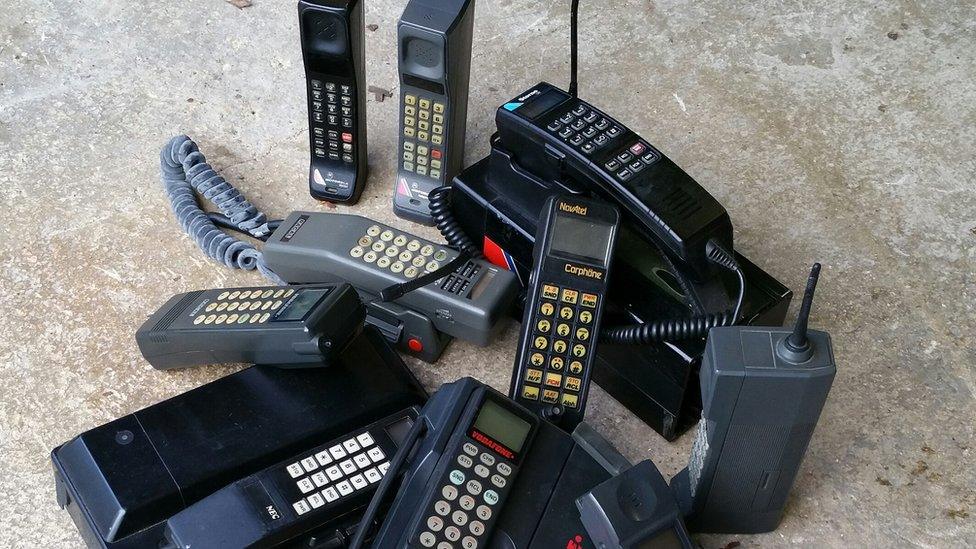
A selection of Ben Wood's mobile phone collection
- Published23 June 2015
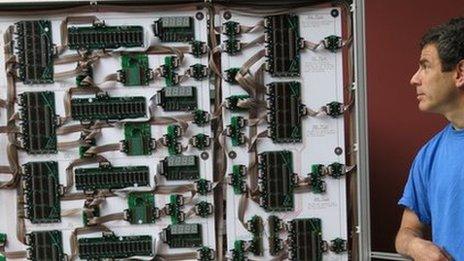
- Published28 April 2014
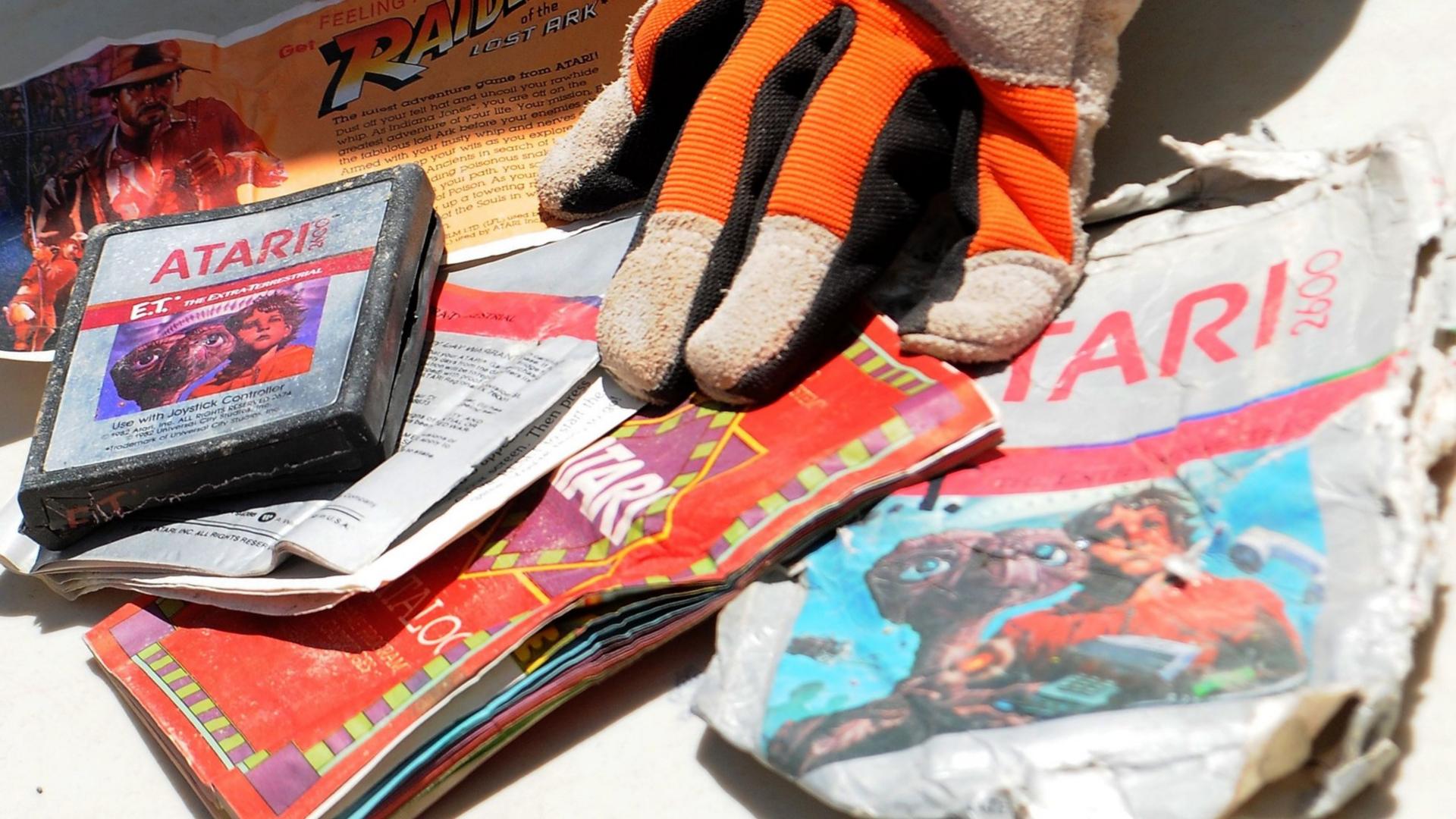
- Published12 December 2014
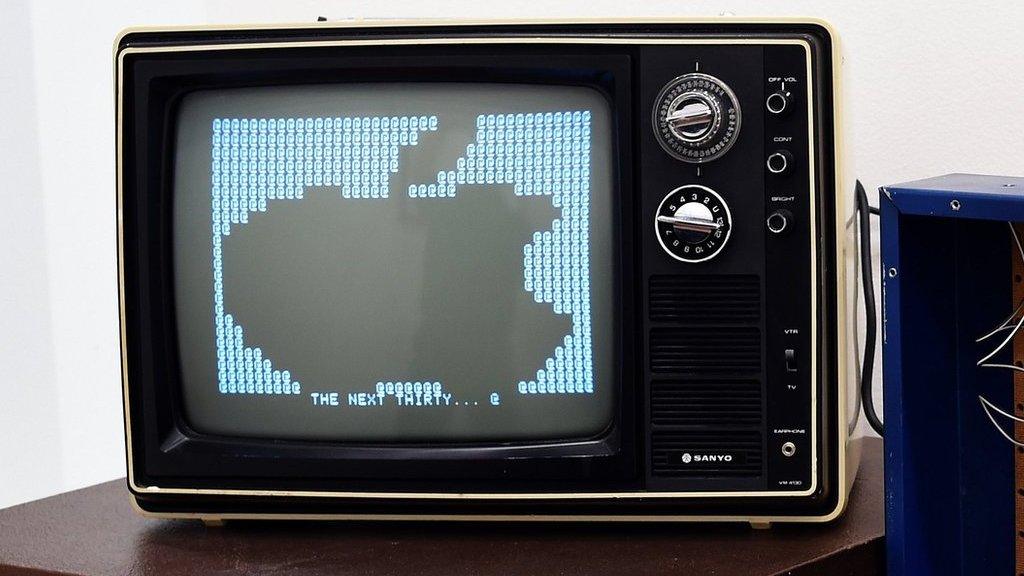
- Published8 October 2012
